Floating seven miles off the south coast of Cape Cod, Massachusetts, is an island called Martha’s Vineyard. Steven Spielberg used the sprawling beaches and quaint villages there as a living set to bring Jaws‘ Amity Island to screen. Like the insatiable shark in that scary fish flick, Martha’s Vineyard’s Chamber of Commerce is similarly monstrous in its pursuit of tourists’ dollars. During the summer months, the year-round resident population of just 16,500 swells spectacularly to more than 100,000 souls, and it’s amongst these roiling masses that I found myself last Fourth of July, with a Leica R6.2 in hand.
Over three days exploring the island with my wife and daughters, I ran plenty of Kodak Ultramax through the Leica R6.2. It felt like familiar territory. I visit the island every year, and every year I seem to bring a Leica SLR. Maybe I do it because I simply enjoy shooting Leica SLRs, or maybe it’s because the island’s statistical housing price is 96% higher than on the mainland and I fear that bringing any camera not bearing the “red dot of affluence” will out me as the pauper I really am. Who can tell? (I can tell, actually, and it’s the first one – I like Leica SLRs. I’ve no qualms about being a pauper.)
This particular Leica was sent to me by Hamish, founder of the lovely website upon which these words are published. He’s also responsible for dreaming up the idea that’s birthed this article – that he and I should shoot and review the exact same camera and then cross-publish each other’s articles on our respective sites. Interested readers can see Hamish’s write-up on my site, Casual Photophile. I should add that angry readers who don’t want my nonsense bothering them here on 35mmc should, uh, blame Hamish. It’s his fault. Back to business.
I’ve shot every Leica SLR that the company has ever made, and truth be told, I love them all to varying degrees. I’m an SLR guy at heart, and the Leica R5 is my favorite SLR and the camera that I use whenever I feel like shooting for pleasure. One of my fellow Casual Photophile writers once pointed out that I’ve chosen my preferred film cameras backwards – I use Nikon rangefinders and Leica SLRs. This should explain everything. I am, it turns out, an idiot.
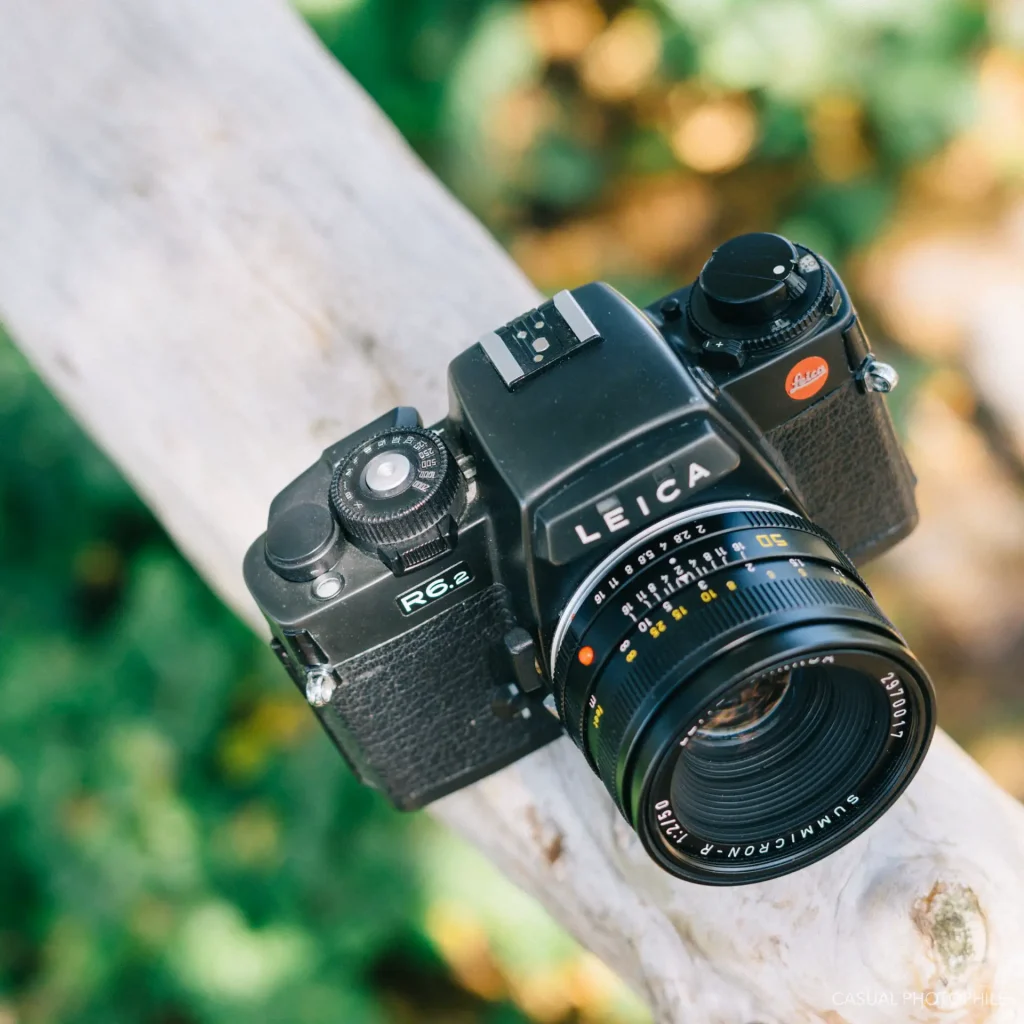
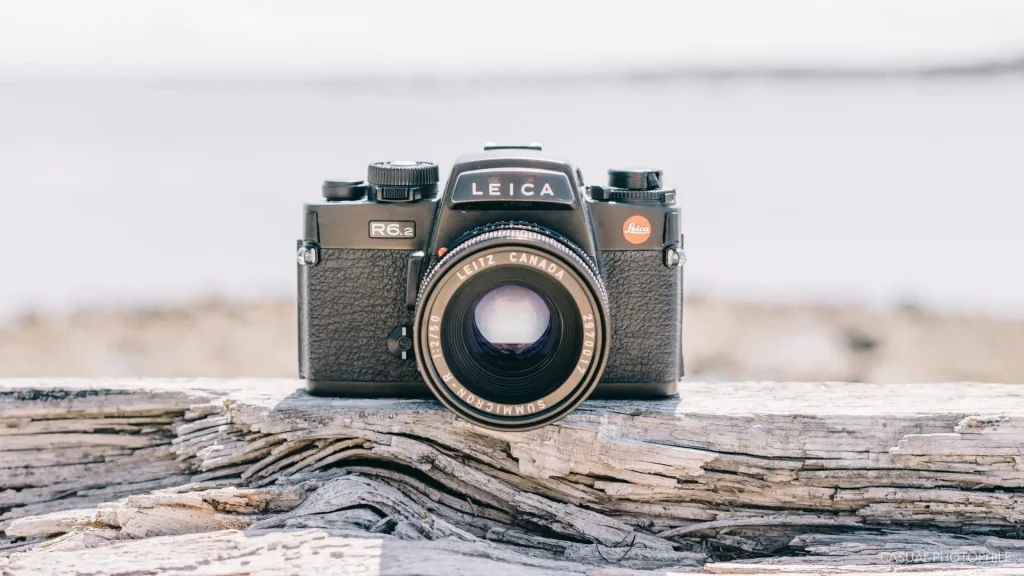
What is the Leica R6.2
The original Leica R6 was released in 1988 and the camera’s key features comprise a refreshingly concise spec sheet. It’s a light meter-equipped, manual focus, manual exposure, fully mechanical 35mm film SLR camera with two user-selectable metering modes (full field and selective). To this sparse spec sheet, 1992’s Leica R6.2 adds an increased maximum shutter speed (1/2000th of a second, up from 1/1000th of a second), and an improved film frame counter (it’s magnified). Aside from these differences, the R6.2 and the original R6 are identical.
Both of the cameras are based on a full-metal chassis supplied by Minolta through the decades-long brand partnership which birthed every R-series Leica SLR from 1976’s Leica R3 to 1992’s Leica R7. At the time that the R6.2 debuted to the public, Leica had been at work for two years developing the R8, the first SLR camera that the brand had designed and built on their own since 1974’s Leicaflex SL2. The Leica R8 of 1996 was revolutionary for the company – the Leica R6.2 was not. It wasn’t even evolutionary, in fact. It was a step backward.
The R6 and 6.2 shed the high level of automation offered by their predecessor, the Leica R5. Where the R5 offered photographers full manual control plus three automated shooting modes (program, aperture-priority, and shutter-priority), the R6 and R6.2 offered only full manual mode. But what it provided that the R5 and every other R series camera to that point could not, is the ability to shoot without batteries – the R6/6.2 has a mechanical shutter. Only the light meter and self-timer require the thing be loaded with the two LR44 batteries that fit in its belly.
The camera’s controls are typical SLR fare. On the right hand side of the top plate we find the shutter speed dial (1/2000th of a second down to 1 second, plus Bulb and Flash mode) and shutter release button with threaded cable socket. Collaring this dial is the exposure metering mode switch, switchable between full-field metering, selective metering, and meter off (this does not lock the shutter, only turns off the meter). Lastly we find the film frame counter and the film advance lever.
On the left top plate we find the film rewind knob, manual ISO selector with locking button (which doubles as a battery check) and the exposure compensation dial with its locking lever. All fairly standard.
And as far as controls are concerned, that’s nearly all. A mirror lock up function, an auxiliary viewfinder light (for showing the selected shutter and aperture settings in the viewfinder in low light situations), a tripod socket, accessory motor drive socket, and viewfinder blind round out the feature set.
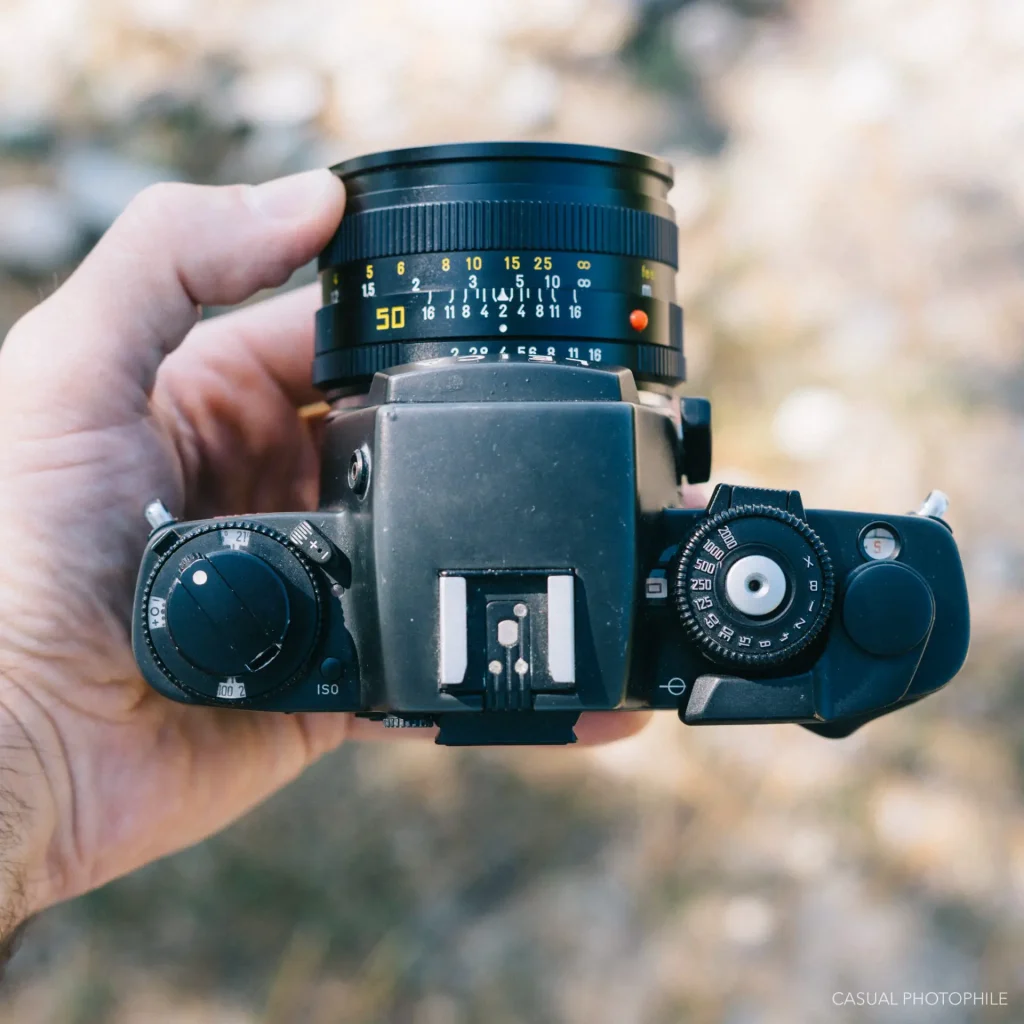
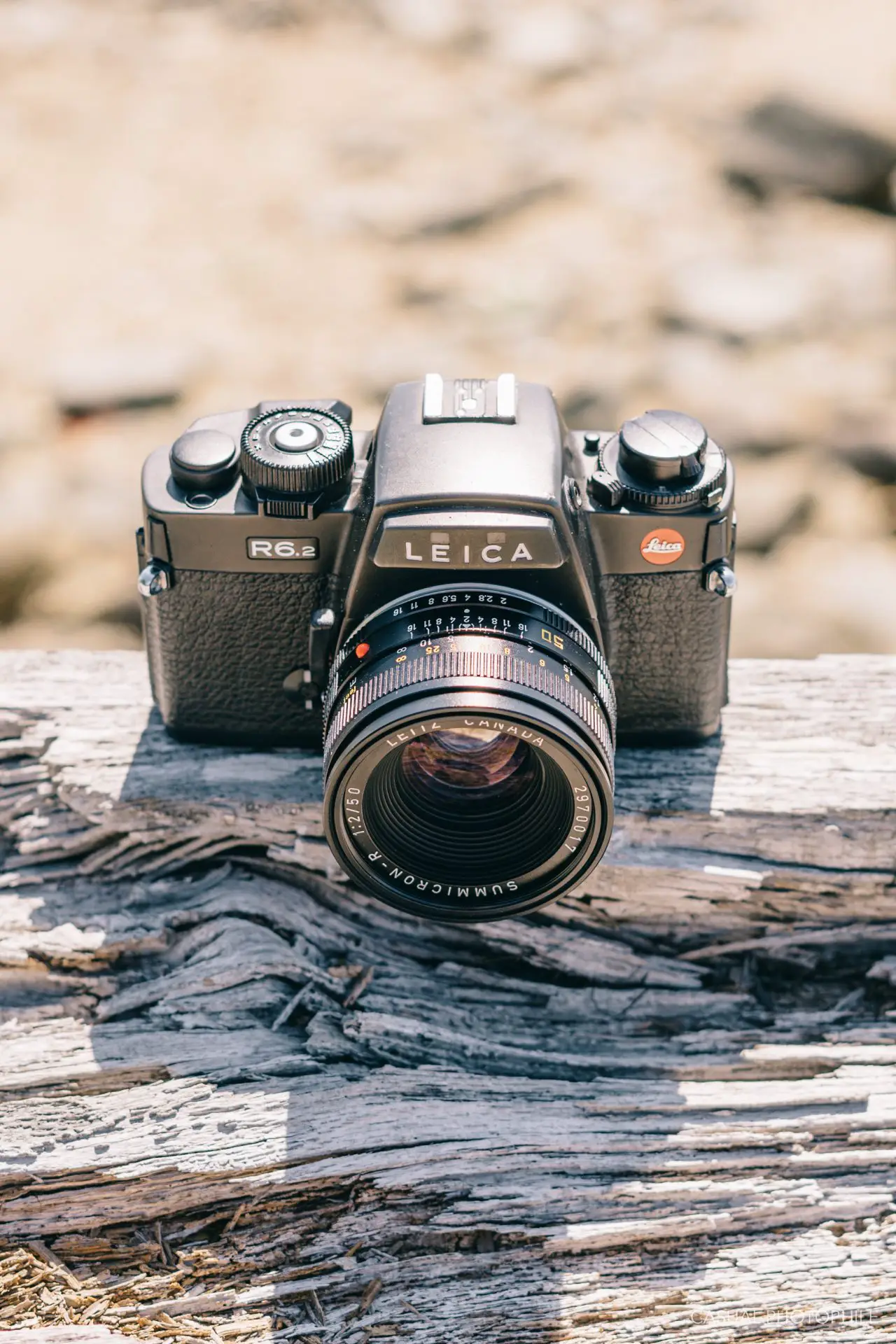
Shooting the Leica R6.2
To say I’m a challenged swimmer would be being diplomatic. During a pleasant trip to a local lake during a college summer many years ago, and after I’d literally almost drowned in a lake, one of my misanthropic friends quipped that a blind five-minutes-old baby mouse could swim better than I. He was being rude, but also right. I’m as buoyant as a lead colander. Many summers later as my family and I boarded the enormous ferry that would transform us from plebeian landlubbers into sophisticated islanders, I remembered his words and nervously thumbed at the Leica dangling around my neck. This camera certainly wouldn’t help me float. Though almost as small as an Olympus OM-1, the Leica R6.2 is weighty at 625 grams (1.4 lbs) without a lens. With the 21mm Super Angulon I’ve mounted to it it’s even heavier. For reference, the OM-1 weighs 500 grams. But it feels great in the hands – solid and balanced, with reassuring heft.
Less reassuring was the recent stranding of eighty-plus passengers as they traveled via the same ferry in these very same waters. Surely they fixed those steering problems. And just in case, I located the nearest rack of floatation vests and roughly calculated whether or not my tiny children would fit within one. But wait, these vests look like they’re older than the Leica in my hands. Let’s just not sink then? And if our fate be to meet Davy Jones, might as well take a photo prior – I raised the camera to my eye and was greeted by a luscious viewfinder.
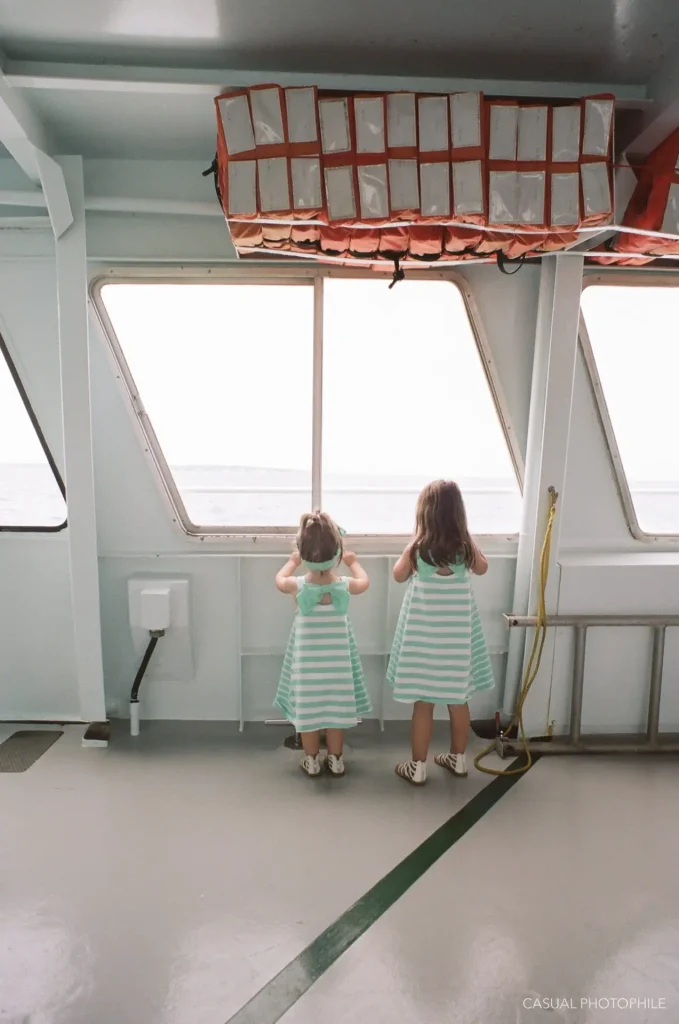
Indeed this viewfinder is one of the Leica R6.2’s strengths. Though not as large, bright, or accurate as some of the camera’s best Japanese competition, it’s a very beautiful window through which to view the world. The fixed eye-level finder shows a respectable magnification of .8x and a viewing area that’s 92% of the final image area. The factory-fitted standard screen shows a split-image rangefinder patch in the center of the frame surrounded by a 7mm micro-prism focusing collar. These two significant focus aids are surrounded by a full field matte focusing screen. Focusing with this screen is as fast, easy and accurate as any other good SLR. Four other focusing screens are available and interchangeable by the end-user.
Underneath this viewfinder image area, we find the pertinent details of exposure and other information necessary to make a photo on a full manual camera. There’s a physical viewing window displaying the selected aperture, and a readout displaying the selected shutter speed. A series of tiny LEDs display flash status and which of the two metering modes has been selected. Next to these we find the exposure meter readout, which is incredibly well-implemented.
The silicon photocell light meter reads the light that’s coming in through the lens and illuminates in real time one of a set of three LEDs – a right-pointing arrow positioned on the left, a central dot in the middle, and a left-pointing arrow positioned on the right. Whenever the camera’s shutter speed and aperture settings will make a proper exposure, the central LED dot lights up. When the settings need to be adjusted, one of the right or left-pointing arrows light up. The beauty of the system is that the LED arrows point in the direction that the photographer must adjust his or her physical dials to make a correctly exposed photo. If the left-pointing arrow is illuminated, for example, turning either the aperture ring on the lens or the shutter speed dial to the left will get the photographer closer to a proper exposure. Just keep turning those dials in the direction the arrows tell until the central dot lights up, and we’ll be making a well-lit photo.
In full-field mode, the metering system calculates light throughout the entire frame. In selective metering mode (which isn’t quite as precise as traditional spot-metering) the metering system calculates a central spot in the frame. This spot is denoted within the viewfinder by the micro-prism focusing collar surrounding the split-image patch. Either metering system works as intended – selective works best in high contrast scenes where we want to expose for shadows or highlights (but it’s up the photographer to know where he or she wants to meter and to dial in the settings manually).
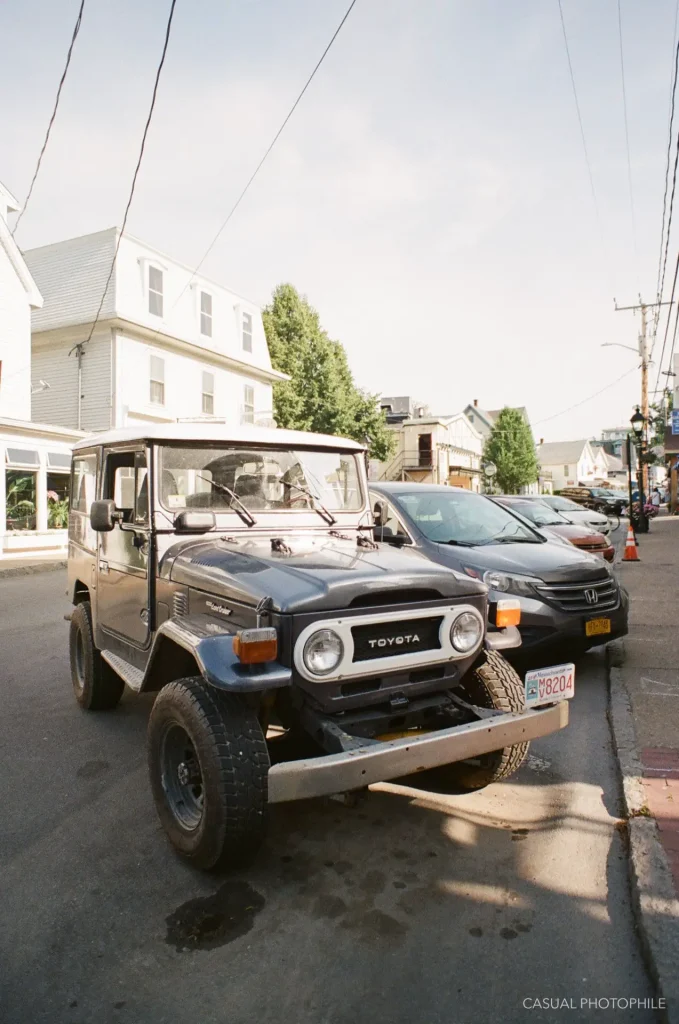


Aside from these systems – the viewfinder, metering modes, shutter and aperture selectors – there’s not much else to discuss. The camera works like every other high-quality SLR camera. Film transport feels nice and smooth (though not as smooth as the R8 or Leica’s earlier M series cameras). It’s smaller than most cameras. Lens selection is superb. All the buttons, dials, and levers click, slide, and actuate as they should and with precision typical to products bearing the Leica dot.
Where the R6.2 gets interesting, at least from a professional camera-liker’s perspective, is in those places where it seems odd or clunky or functionally baffling. Take, for example, its shutter.
Like the R4, R5, R7, and the Minolta XD from which all of these Leica SLRs descend, the R6 and R6.2 have nearly flush-mounted shutter release buttons set within a surrounding shutter speed dial. Pressing this button on any of these cameras isn’t as pleasant as it should be. The button plunges too deeply and requires too much pressure. Adding a screw-in soft-release button helps immensely.
But even with this add-on, once we’ve finally stroked the shutter release button through its range of motion, there’s a peculiar delay between actuation and shutter release. This is often described by users as “shutter lag,” but on the Minolta XD and the semi- or fully-automated Leica R cameras, it’s not shutter lag at all. As my fellow Casual Photophile writer Jeb explained in his review of the Minolta XD, this perceived shutter lag is, in fact, an exposure “final check” designed by Minolta engineers to make minuscule adjustments to exposure on the automated XD (and by extension, the Leica R4, R5, and R7).
With these cameras, and in normal photo-taking situations, the initial exposure calculation is made prior to the lens aperture being closed by a half-press of the shutter release button, just as with most other wide-open through-the-lens metering SLR cameras. Then we’d assume that fully pressing the shutter release is supposed to release the shutter. But on the XD and the auto-equipped R-series cameras, pressing the shutter release button doesn’t exactly release a mechanical shutter. Doing so instead closes the aperture and triggers the “final check” system, which takes another light meter reading and adjusts exposure accordingly before finally flipping up the mirror and opening the shutter.
This final check system makes a lot of sense within the XD and the automated R cameras, since each of these cameras have auto-exposure modes and benefit from an electronic final check prior to exposure. What’s weird, however, is that the R6, a fully mechanical camera with no AE modes, also seems to retain this final check system, if we’re judging by our fingertips and ears. Because there’s no denying the significant lag between pressing the shutter release button and hearing the actual shutter release on this R6.2.
Now, it could be the case that the R6 and R6.2 don’t actually employ this final check system. That would make sense. It could be that the air piston shutter mechanism that all of these cameras employ simply takes a little bit of time to fire, and that Minolta engineers cleverly used this lag to add a feature. And truth be told, I’ve had confirmation from a camera repair expert that this air piston system does indeed slow down with age and use as dirt and dust impede its action. A quick disassembly and cleaning is, he says, easy and cheap and instantly resets the camera to factory spec. Unforuntately, he adds, a perfectly repaired R6 will still exhibit just as much shutter lag as any of the other R-series cameras.
And so it is unavoidable. The R6 and R6.2 have laggy shutters. But let’s not trash the camera yet. Having to press a shutter release button deliberately and hold the camera steady until we hear a shutter is fairly low on the list of acceptable gripes in the year 2020.
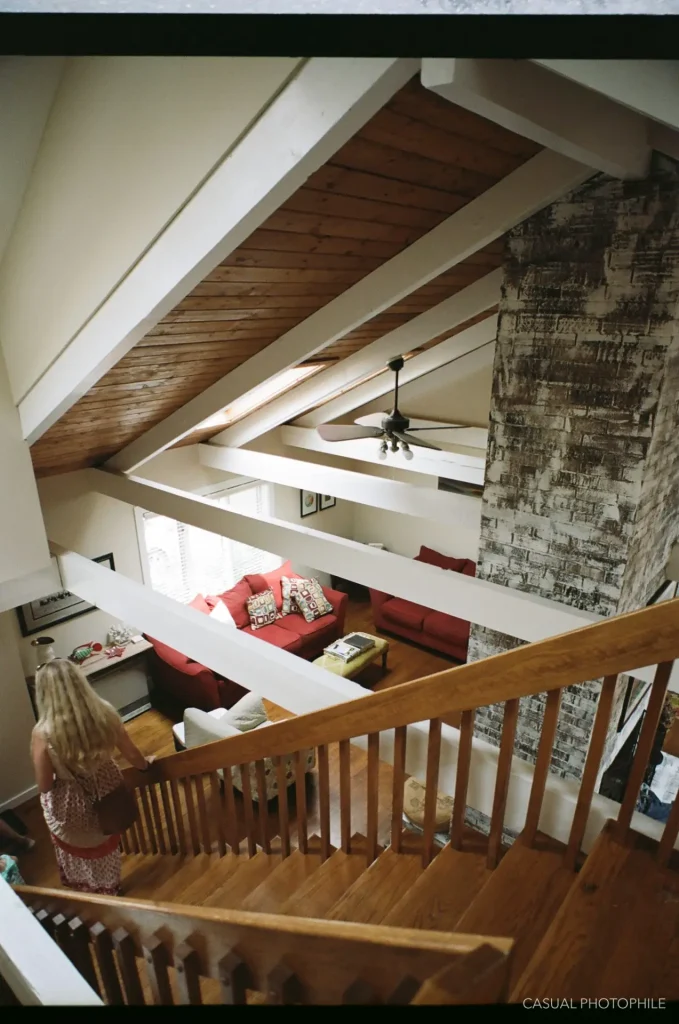
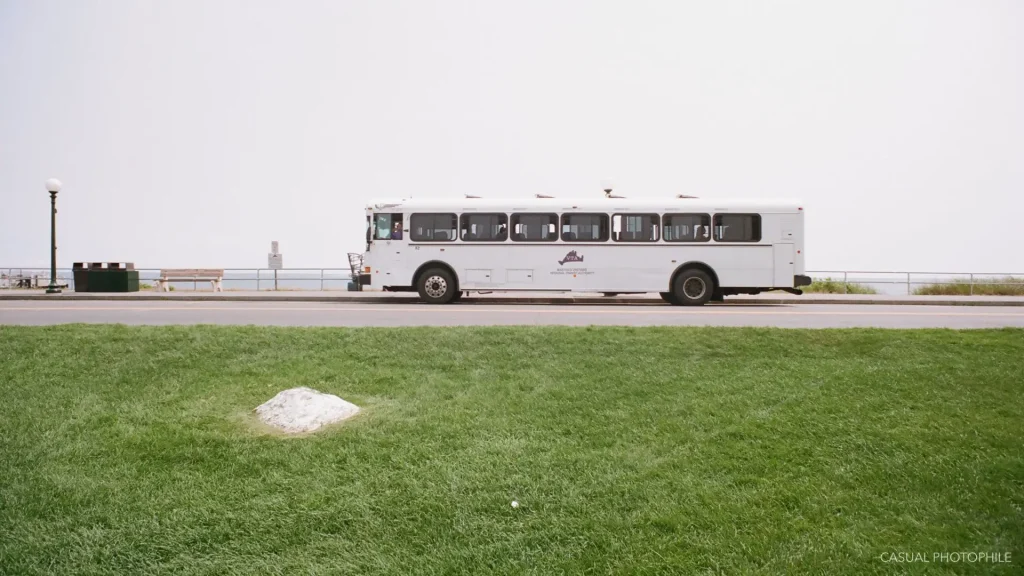
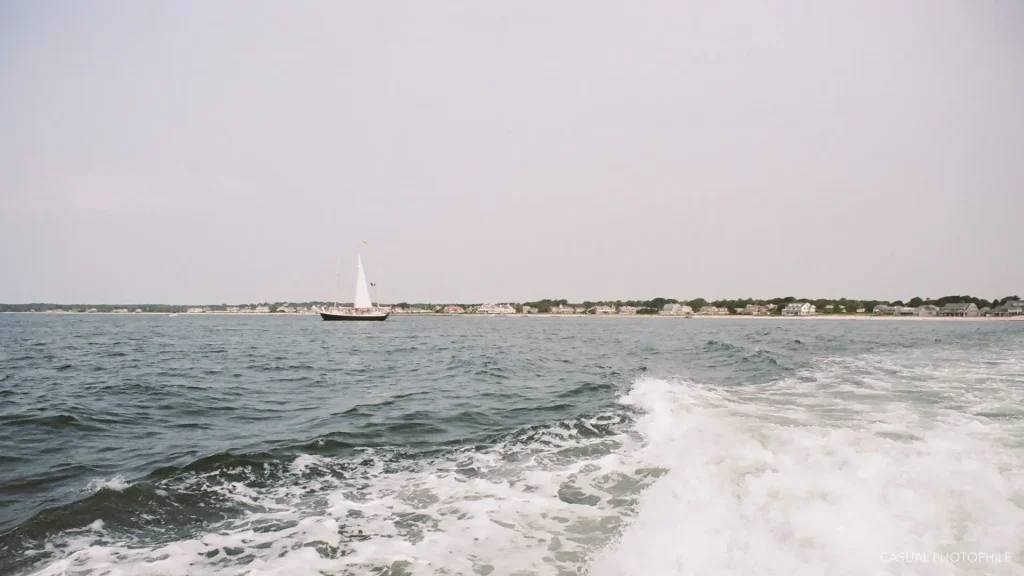

Another place where the R6.2 boggles the mind is in its exposure compensation adjustment. To adjust exposure compensation using the camera’s exposure compensation dial, we must push down and flick on an exposure compensation lock. Only after doing this are we able to adjust exposure comp. But why do we need this in a fully manual camera where exposure compensation is as easy as flicking the unlocked shutter speed dial? I suppose the exposure compensation dial makes it slightly more brainless to push or pull compared to manually adjusting every shot with the shutter speed dial. But if we’re that brainless, why are we using a manual camera? Why wouldn’t we choose an R5, R4, R7 and enjoy those cameras’ automation?
Which brings me to the realization that the Leica R6.2 (and the R6 upon which it iterated) is an odd machine with a very specific raison d’être; that mechanical shutter. It’s the only R-series camera that can fire without batteries, and so it’s the only R-series camera that some photographers would consider buying. For me, it’s irrelevant – I’ve never cared about carrying a couple of extra LR44 batteries and I don’t live in fear of electronic cameras failing me in the field. My photos of my kids and wife aren’t going to win a Pulitzer, and when it comes to my cameras living forever I’m only as worried as Ivan Drago.
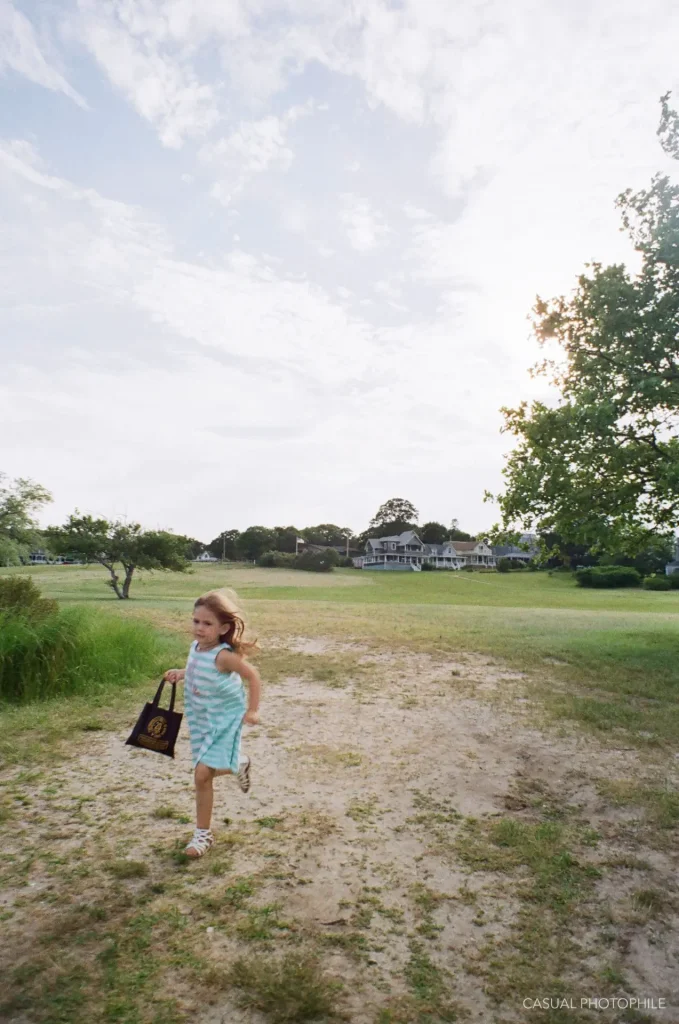
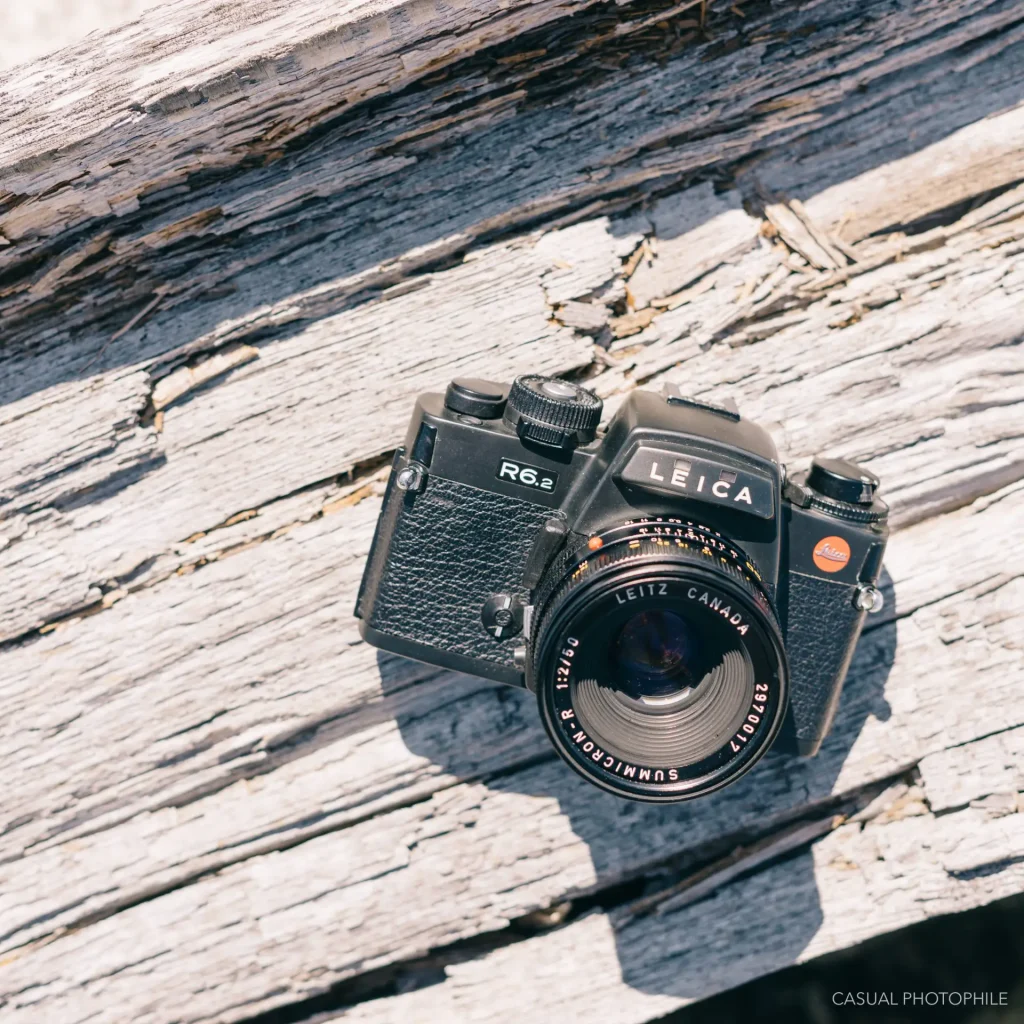
Consumer Advice and Final Thoughts
The Leica R6 and R6.2 left me conflicted. The camera made great photos. It did exactly what it was supposed to do. Using it felt simple and sharp, fast and accurate. Follow the metering system’s advice and enjoy the beautiful photos it can make. But then again, the fact that it is so nearly identical in feel, ergonomics, and process to other cameras within the R-series left me wondering why I’d ever use an R6 or R6.2 over some other R-series camera.
The Leica R5, after all, weighs the same, feels the same, accepts all the same lenses, and offers everything the R6 offers, plus three more shooting modes. The R7 adds TTL flash control to this impressive camera (though it’s a little larger). And let’s not skip over the fact that the Leica R6.2 costs approximately 35% more than the R5 and 25% more than the R7 on average today. You’re paying more… for less.
In the end, the only advantage that a Leica R6 offers over its many sister-models is its all-mechanical shutter. And that’s the camera’s only key selling point today – do you need a Leica SLR with a mechanical shutter? Is the all-mechanical Leicaflex series too big and heavy and old-fashioned for you? If you answered affirmative to both of these questions, the R6 or R6.2 is the Leica SLR for you. It’s just not the one for me.
If you enjoyed this article you can see more like it at Casual Photophile, and follow us on Facebook and Instagram. I’m on Twitter as well.
Share this post:
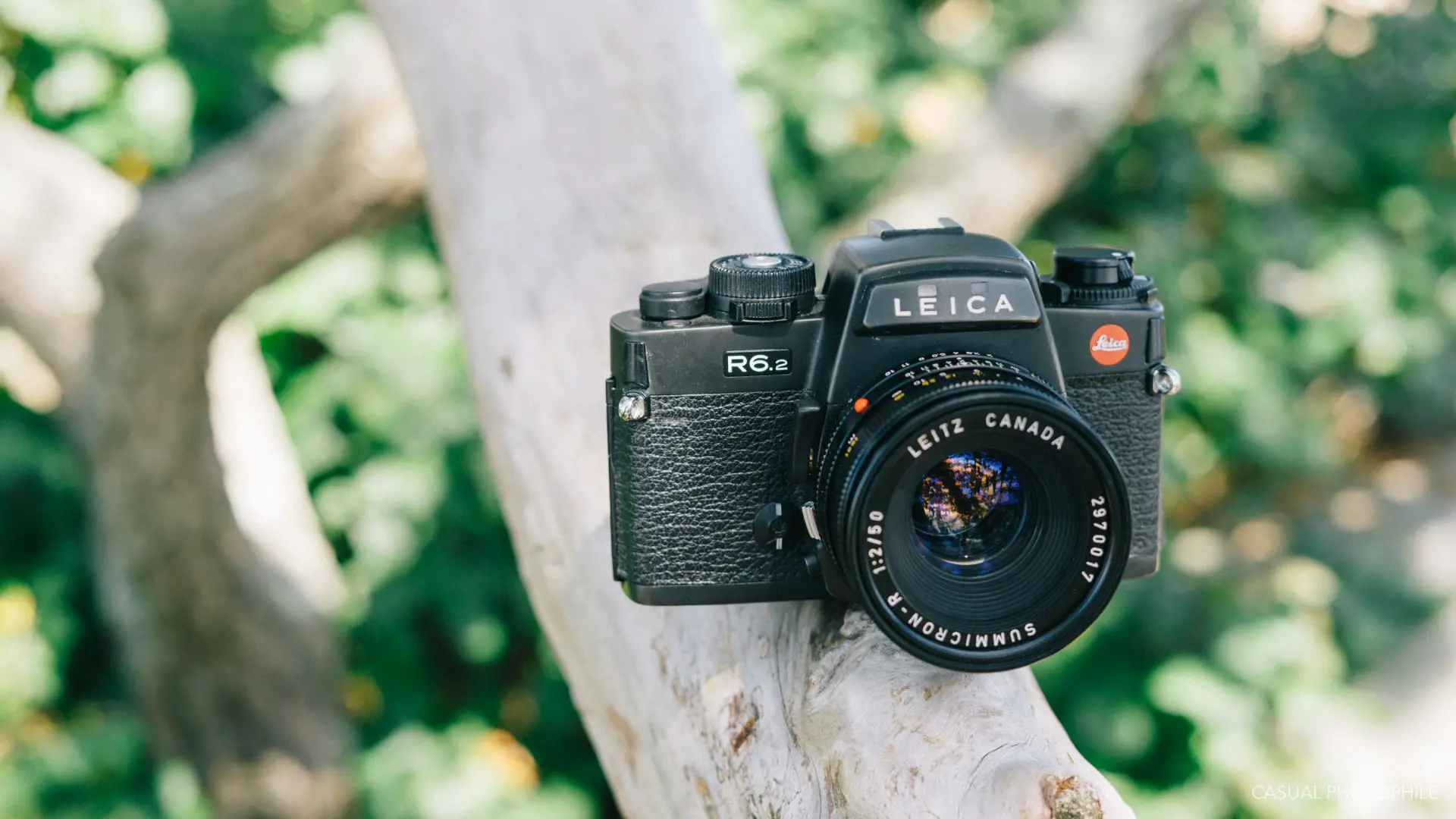
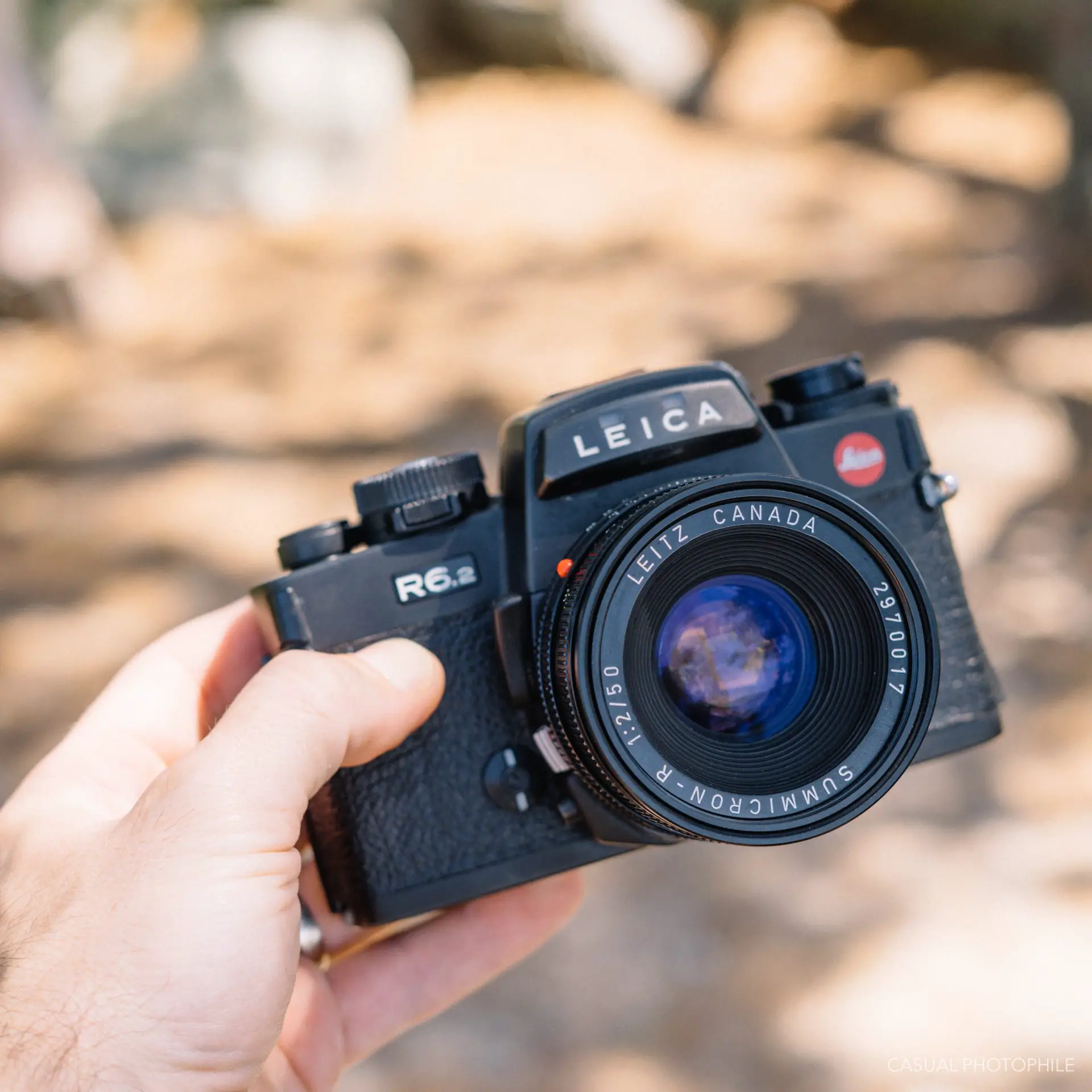
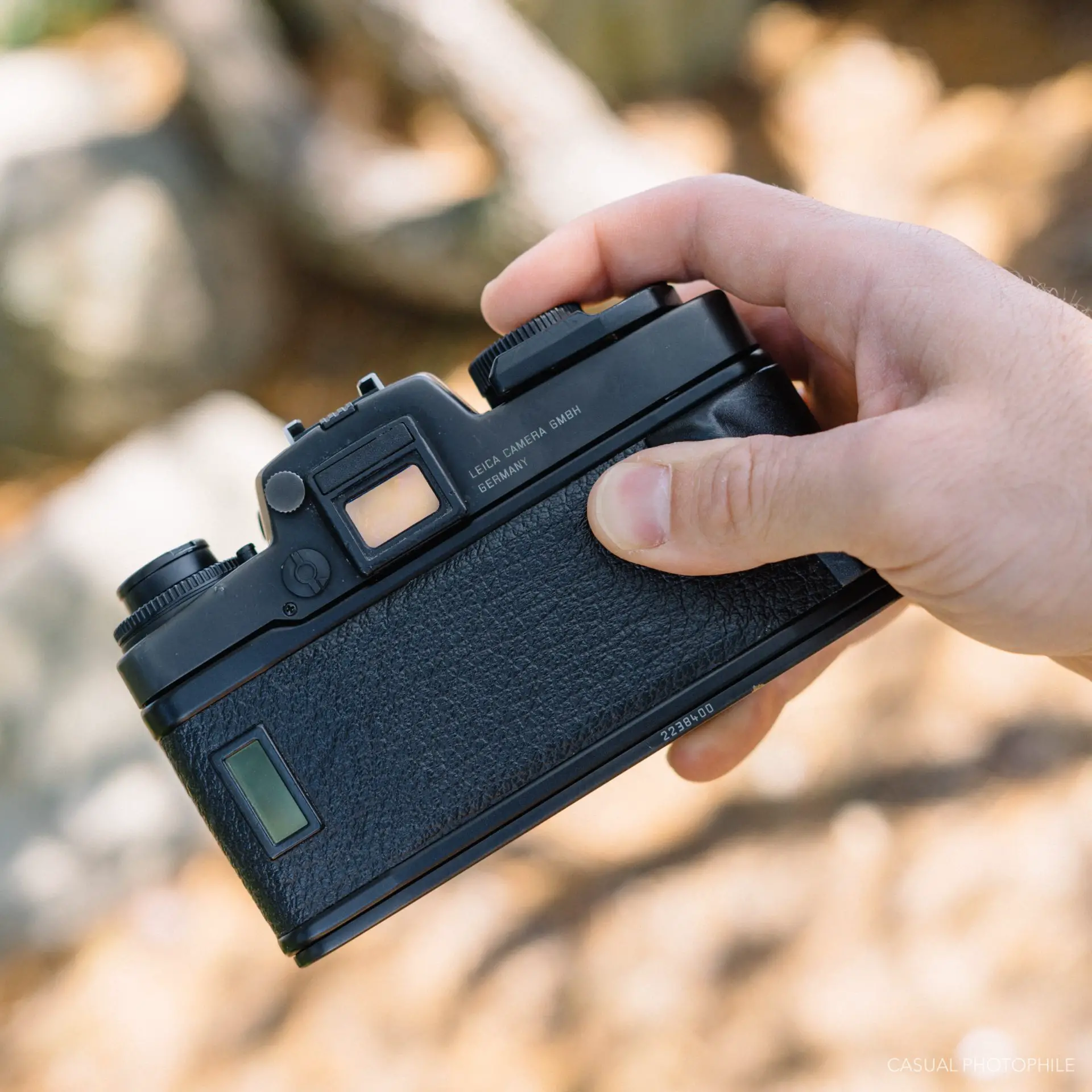
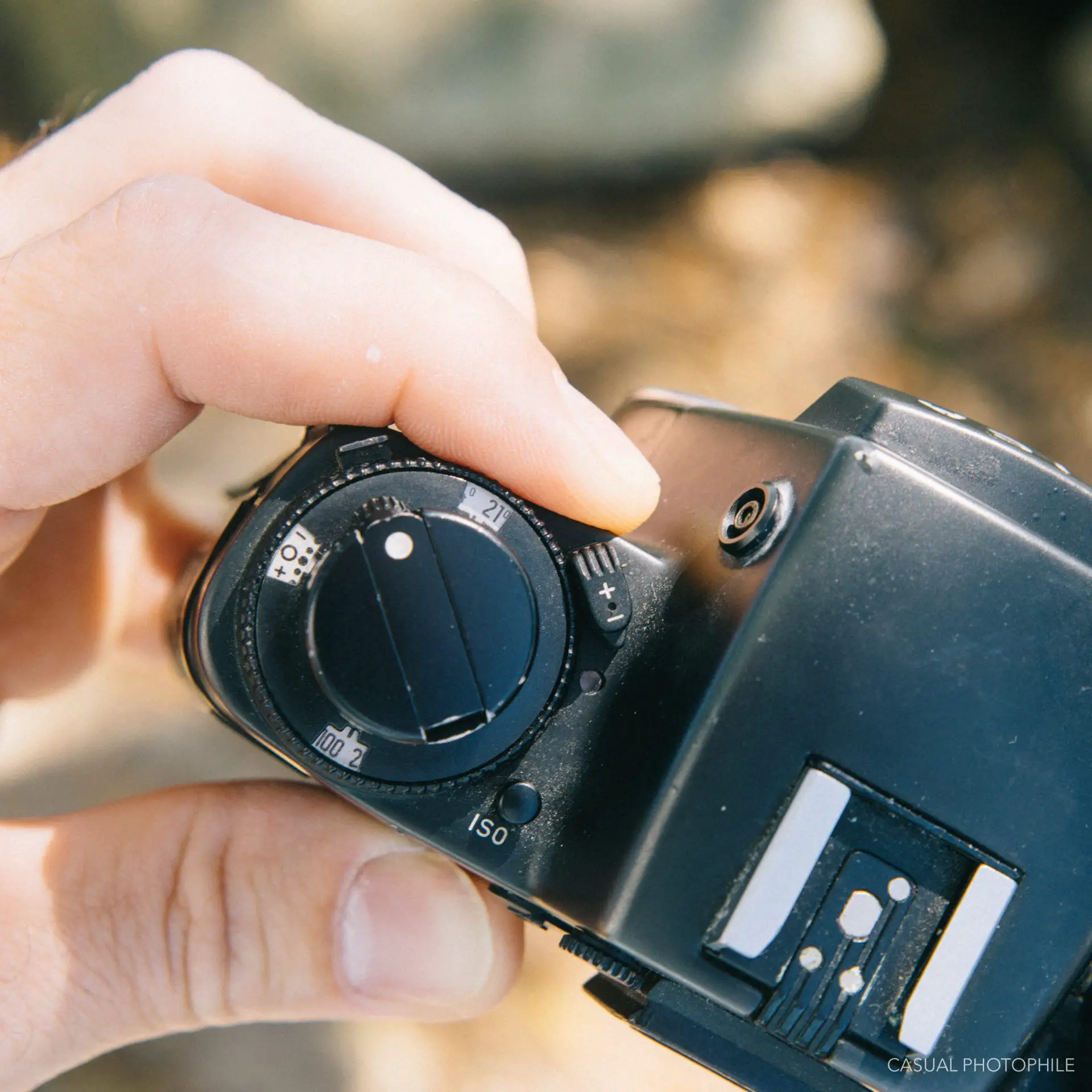
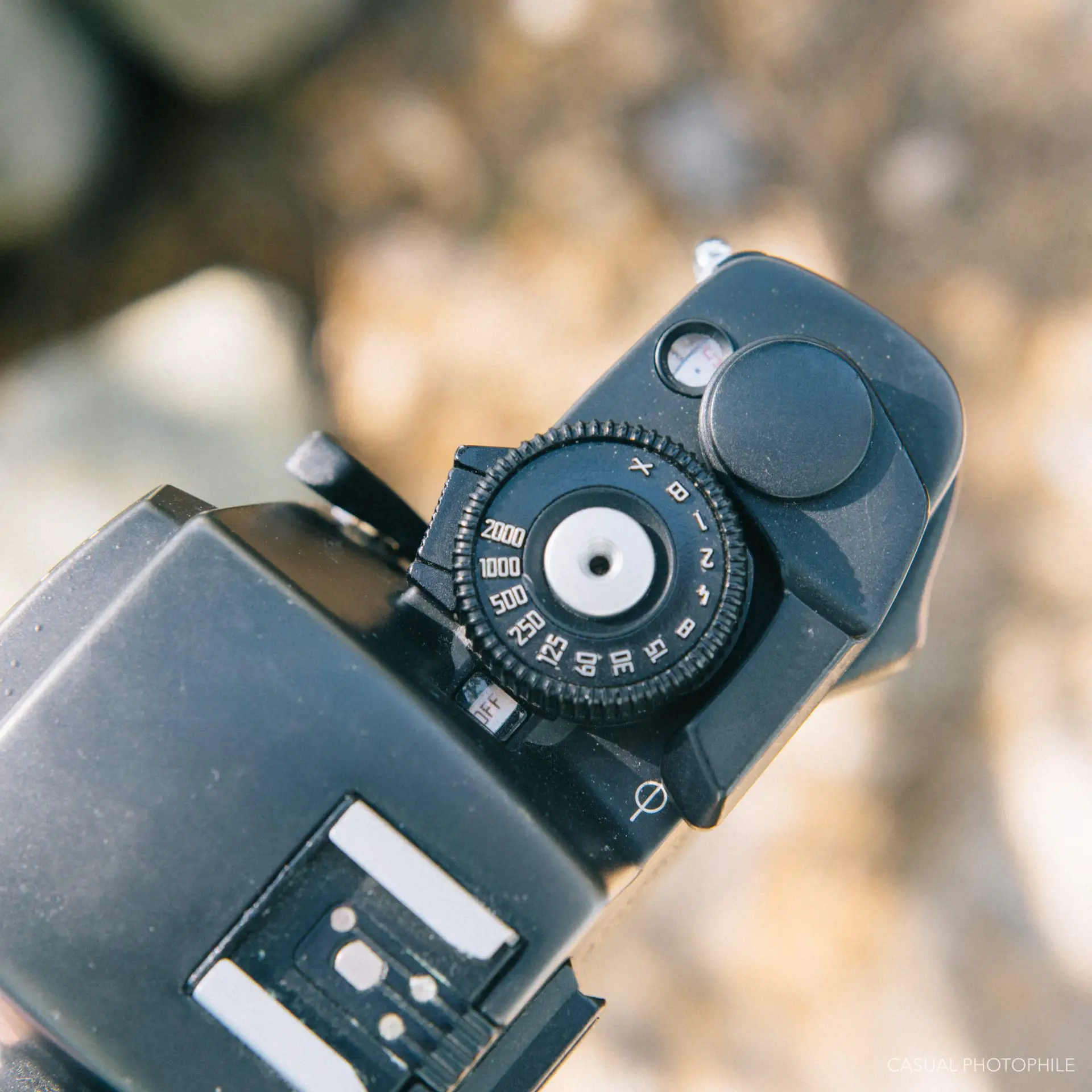

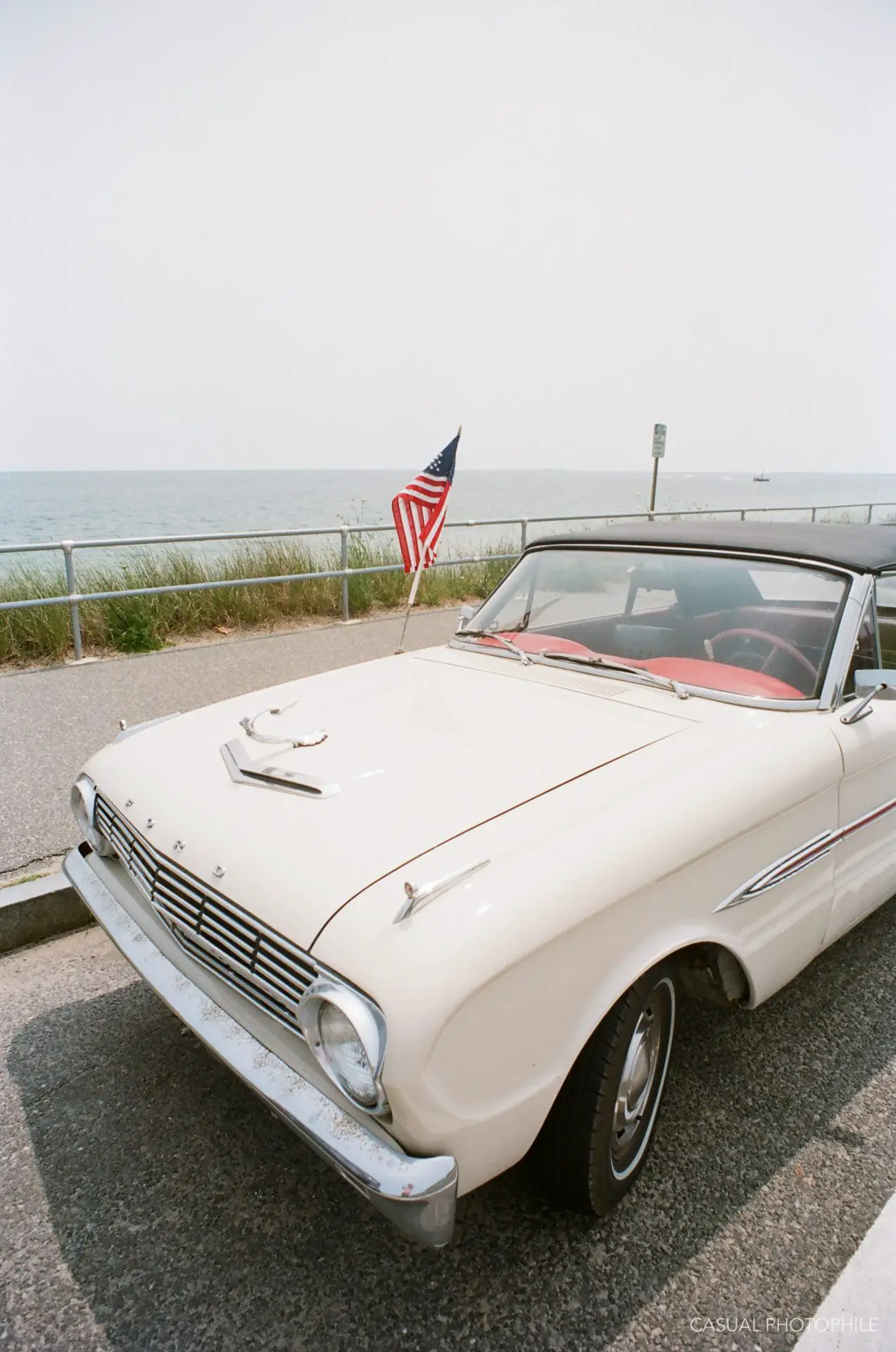










Comments
A Leica R6.2 Review - by Hamish Gill of 35mmc - Casual Photophile on Leica R6.2 Review – By James Tocchio of Casual Photophile
Comment posted: 30/03/2020
Julian on Leica R6.2 Review – By James Tocchio of Casual Photophile
Comment posted: 30/03/2020
Comment posted: 30/03/2020
Comment posted: 30/03/2020
Jem on Leica R6.2 Review – By James Tocchio of Casual Photophile
Comment posted: 30/03/2020
Comment posted: 30/03/2020
Marc Wick on Leica R6.2 Review – By James Tocchio of Casual Photophile
Comment posted: 31/03/2020
David Hamilton on Leica R6.2 Review – By James Tocchio of Casual Photophile
Comment posted: 31/03/2020
Comment posted: 31/03/2020
Comment posted: 31/03/2020
David Hamilton on Leica R6.2 Review – By James Tocchio of Casual Photophile
Comment posted: 01/04/2020
Comment posted: 01/04/2020
Huss on Leica R6.2 Review – By James Tocchio of Casual Photophile
Comment posted: 01/04/2020
I just love the way these R cameras feel and handle, the design makes me want to just keep on shooting.
I do agree with you that I feel the auto/manual R cameras offer a lot more than the R6 series, for a lot less money. After using an R-E or R7, I just don't feel the need to have that automation removed, especially since they have multiple meter patterns and exposure memory lock.
Great pics, sweet article.
David Murray on Leica R6.2 Review – By James Tocchio of Casual Photophile
Comment posted: 21/05/2020
Pascal Meheut on Leica R6.2 Review – By James Tocchio of Casual Photophile
Comment posted: 09/06/2020
I've just posted a message about the shutter lag here: https://www.l-camera-forum.com/topic/277573-re-shutter-release-delay/
I found the R6.2 to be like the R5: not the best, but not that bad.